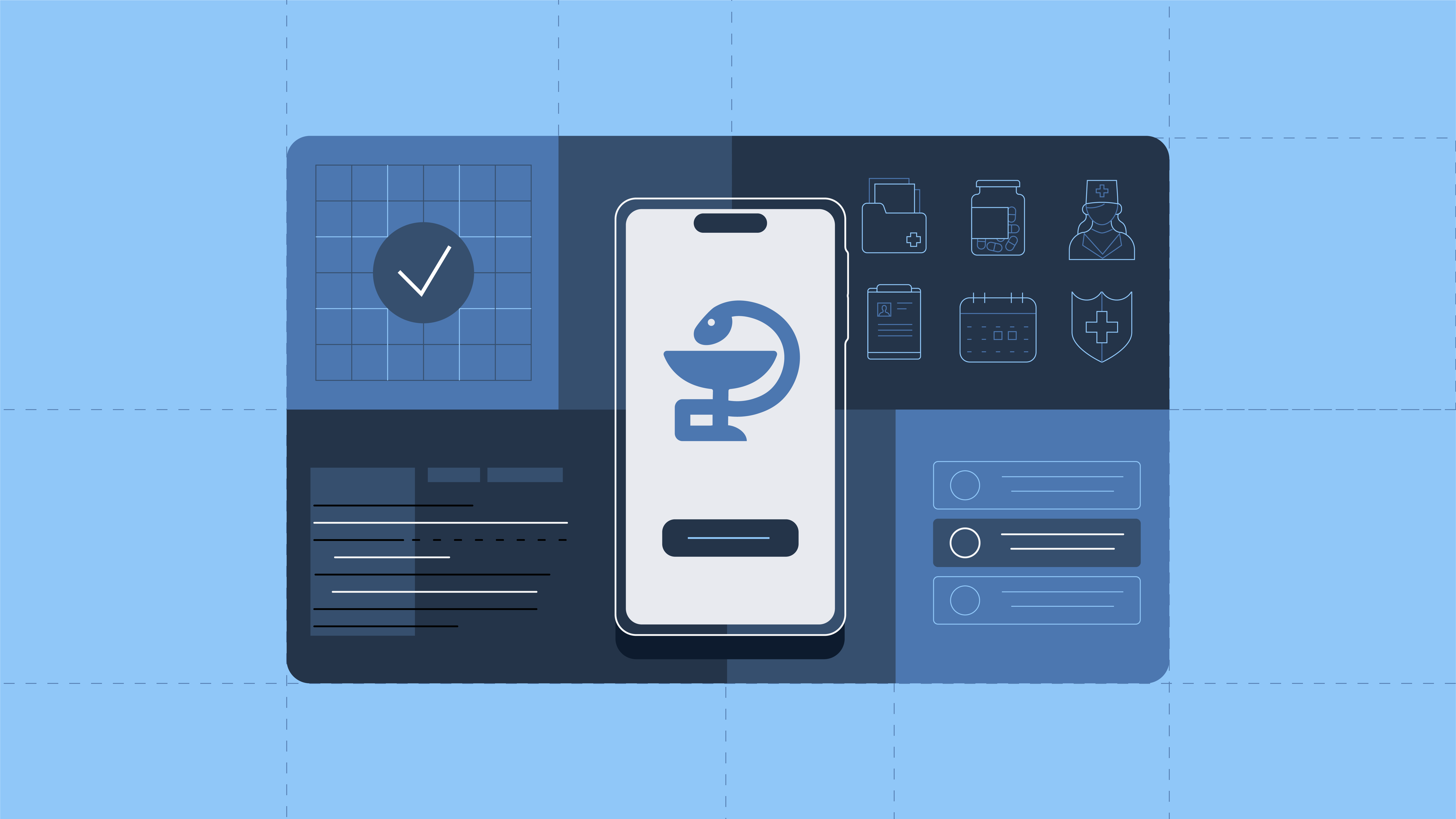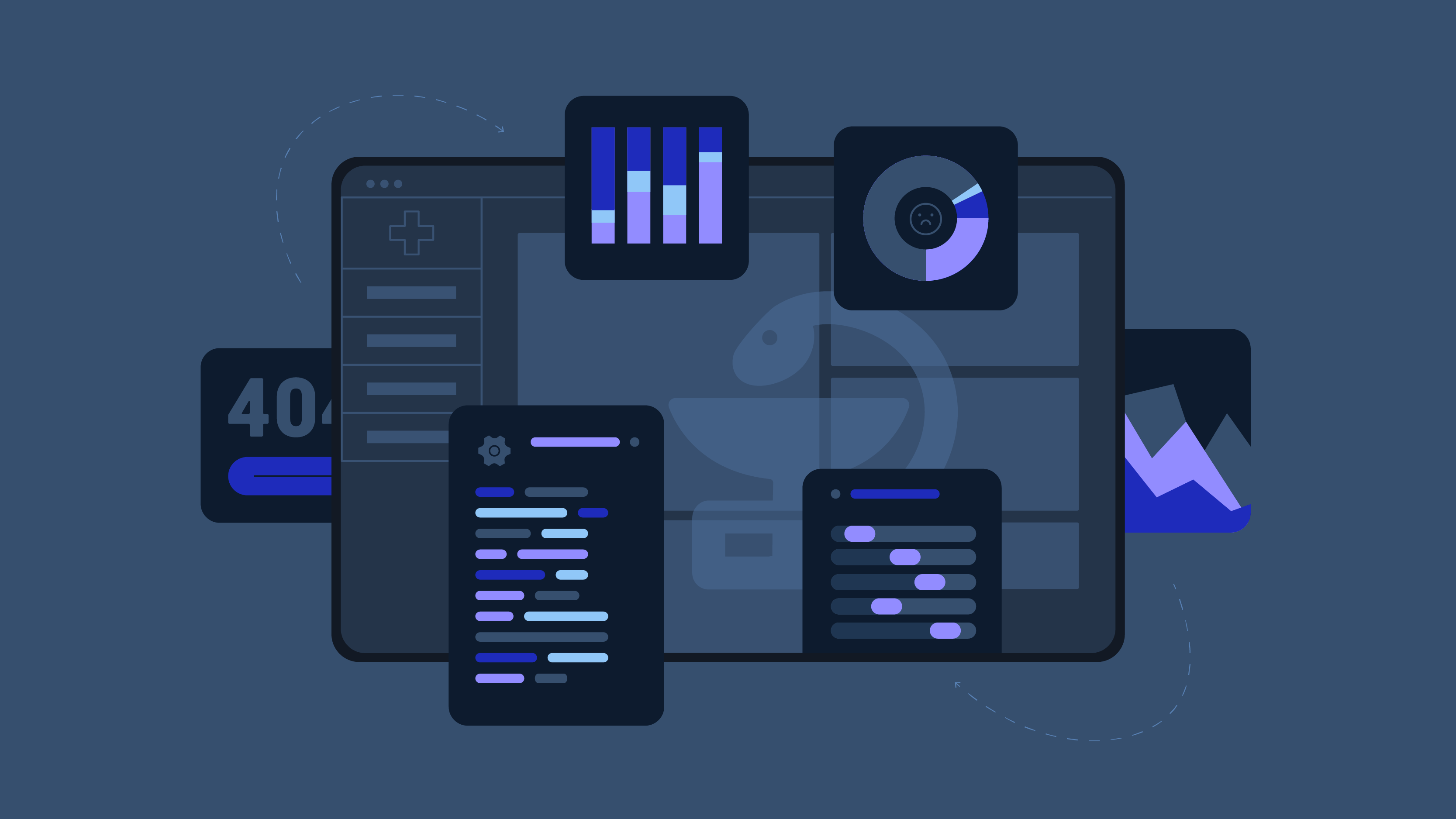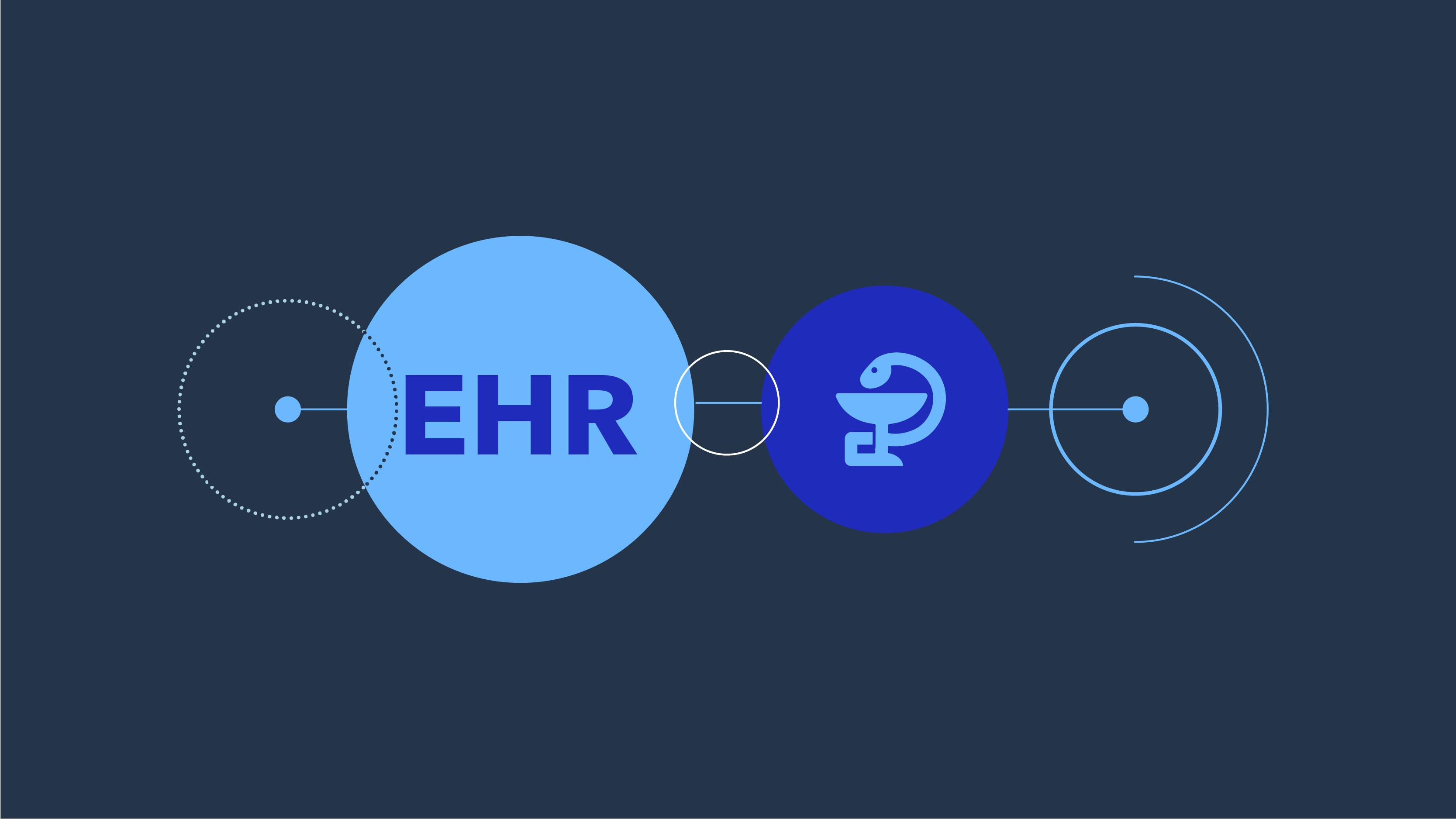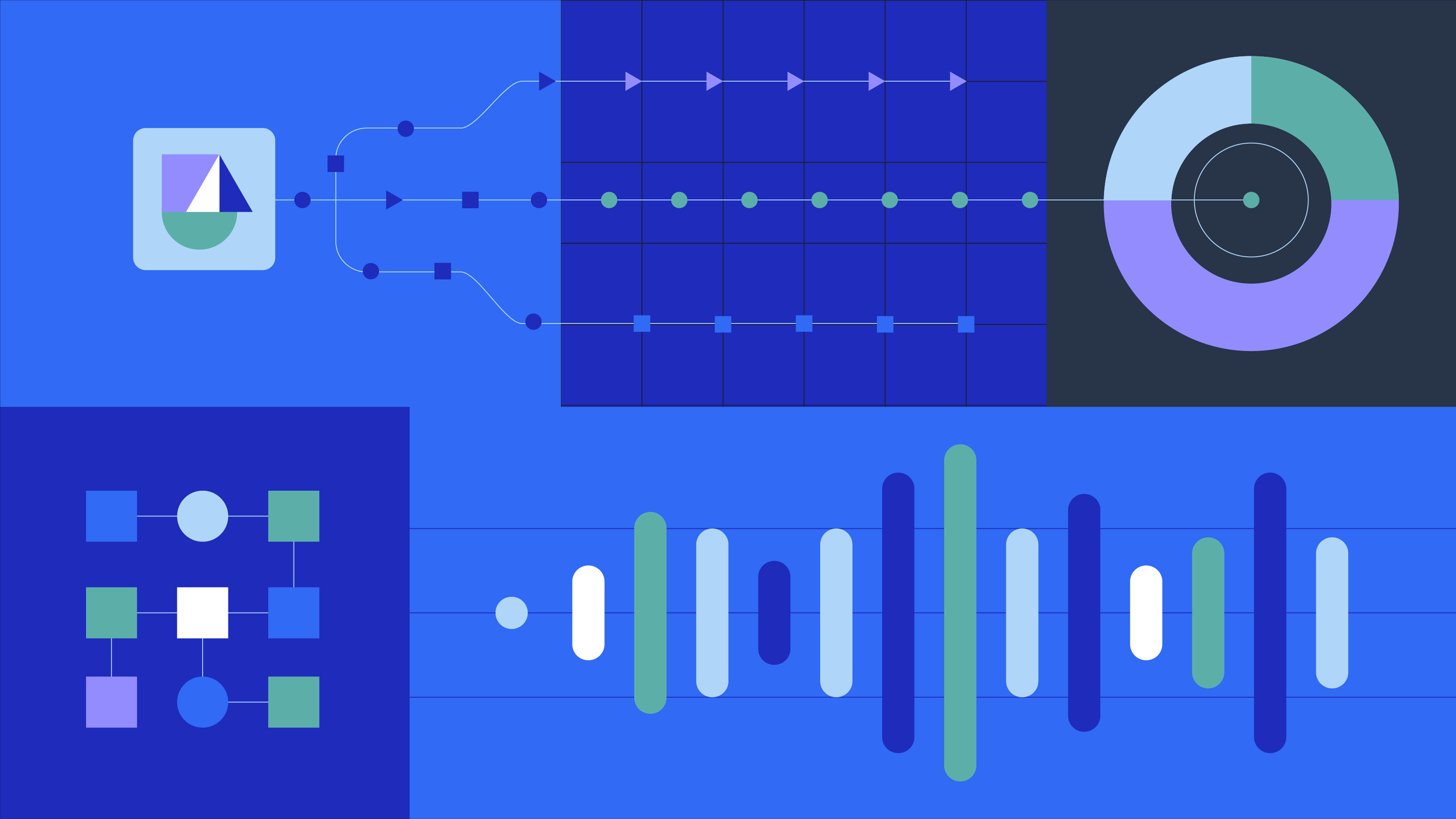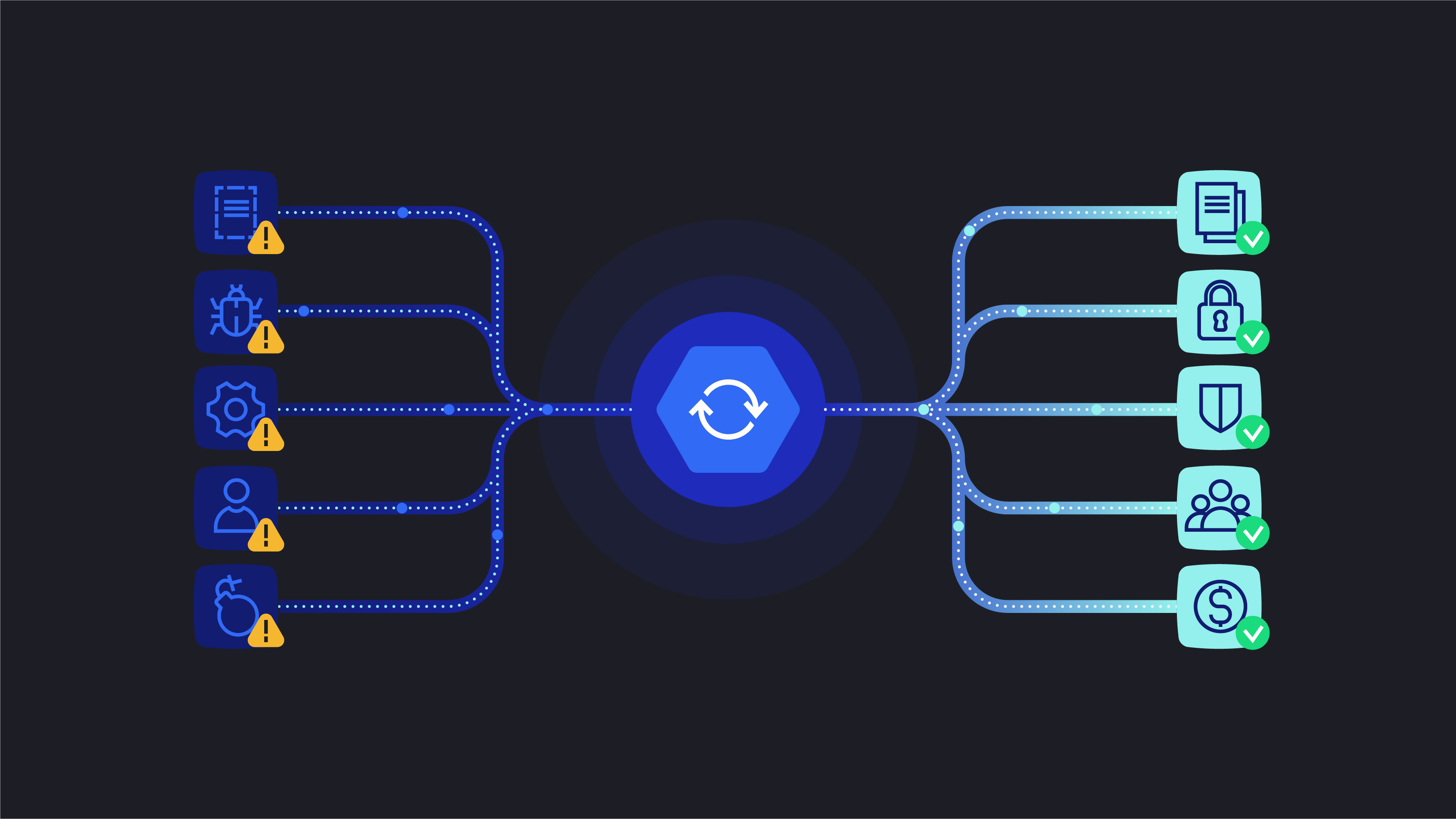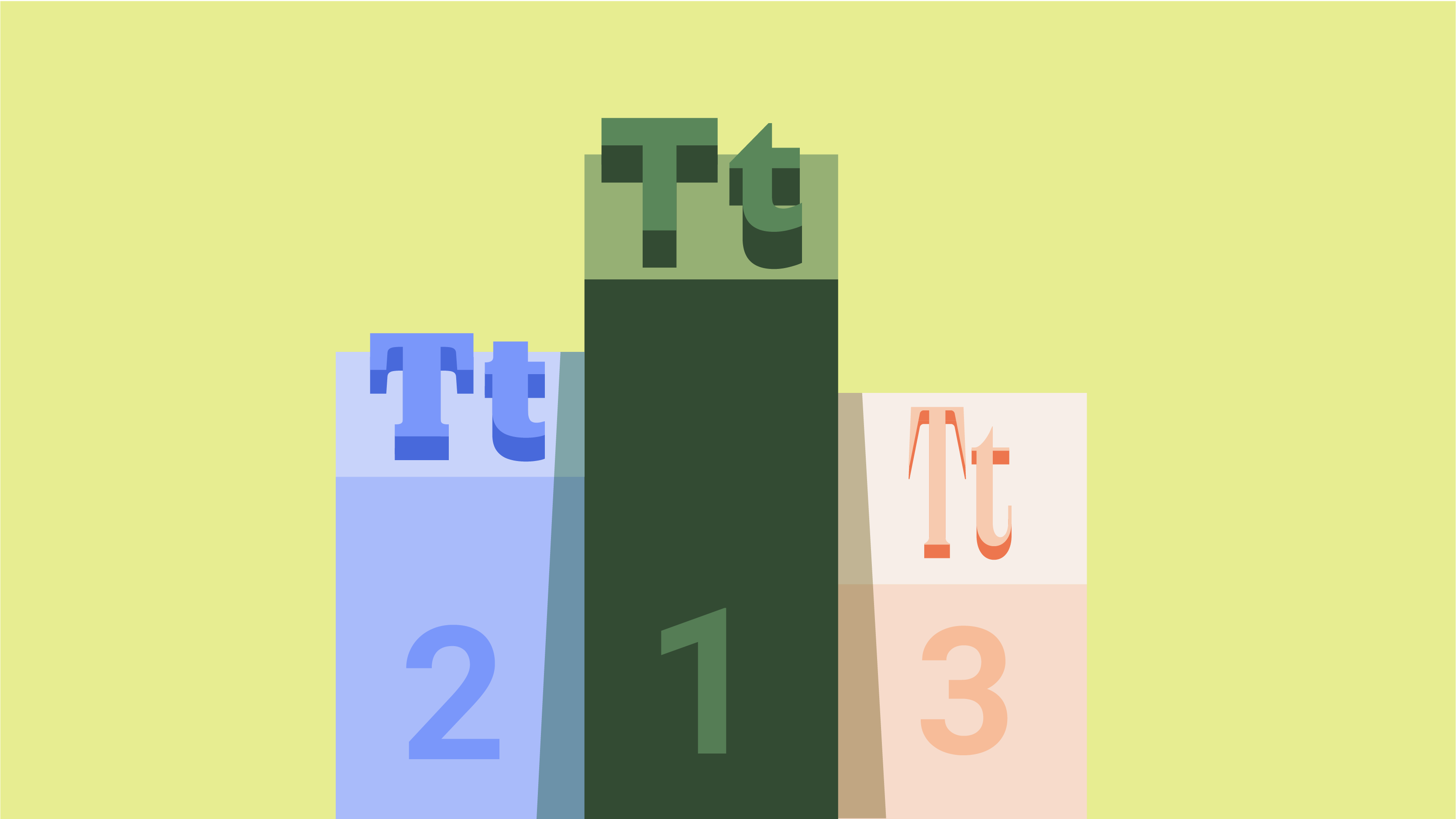Realizing that your product is out of date is a sometimes painful but critical step. Beyond simply staying competitive, the decision to embark on a redesign journey has significant implications for both cost management and user satisfaction.
However, the success of such endeavors is inextricably linked to the experience of the designers involved in the task. In this article, we will consider the benefits, including financial ones, of a timely product redesign and talk about the key factors in making the decision to start the redesign process.
Key Indicators of Outdated Products
Of course, each product may have its own indicators, but in general, there are several options that must be monitored and that accurately signal the need for a redesign:
- non-modern and outdated appearance;
- obsolete or lack of app logic, ineffective UX;
- decrease in user activity and engagement;
- decrease in loading time and poor performance of its functions;
- customers choose the competitor’s product.
Let’s take a closer look at all these factors and try to explain their importance.
User experience issues beyond visuals
Product redesign is not just about giving it a fresh coat of paint; it is about enhancing the user experience, upgrading the user interface, and ensuring that the logic behind the product remains intuitive. An outdated product often manifests in user discomfort, lacking functionalities, confusing navigation, and overall poor UX.
In addition, product redesign is about spraying relevant in a competitive market by being aware of design trends and technological advances. Regularly monitoring industry developments and introducing innovative features can set your product apart from the competition and attract new users. All the significant changes may not be so expensive if they are done in time.
So, your redesign process should include implementing regular updates, which can open up new opportunities to improve user interaction. A good product redesign always thinks about consistency and solid logic behind the appearance.
Technological obsolescence
Technology development is extremely fast. We had plenty of time to move from landlines to mobile phones, but today, even the most advanced products are rapidly losing their relevance (this process has accelerated with the spread of AI).
So imagine your product as a traveler trying to keep up with the fast-paced world. If it strugglу to catch the latest trends or you can see at least a minimal chance that it might happen in the future, it is time to product redesign. Whether it is a simple mobile app or a complex fintech project with a long list of advanced features, you must keep up with the pace.
Another indicator of the need for product redesign is incompatibility with modern systems and devices. If your existing product stumbles and can’t synchronize seamlessly, it clearly needs to be updated with modern connectivity features. So, a big part of the new design process is discussing and effectively implementing new advanced features with a focus on their future development.
Visual and functional obsolescence
Outdated design elements, such as archaic graphics and cluttered layouts, can immediately signal to users that your existing product is behind the times. Similarly, slow website loading times frustrate users and can lead to high bounce rates, damaging the reputation of your brand. It is definitely the indicator of the need for product redesign.
Moreover, malfunctioning features, whether they are buggy interfaces or broken functionalities, undermine user trust and confidence in your product. Using obsolete formats or technologies can limit your product’s compatibility with newer devices and software updates, further alienating users. This is also a huge sign for product redesign.
Neglected development
A lack of cohesive design strategy and proper UX design over an extended period of development can result in a product that feels disjointed and confusing to users. If features are added haphazardly without considering the overall user experience, the product may resemble a Frankenstein’s monster of disparate components.
Duplicated logic, where similar functionalities exist in different parts of the product, or an absence of logic altogether, can compound user frustration and drive them away from using your product. That is why, in product redesign, it is very important to consider every next step forward and to see the full picture.
It is necessary to create a comprehensive approach in the first stages of development, but if this did not happen, then the product redesign should correct this and fundamentally change the approach to the functionality of the product, streamline it and take into account the needs of scalability.
Don’t let outdated design elements and functionality hinder your product’s success. Our team at Cadabra Studio specializes in cost-efficient redesign solutions to improve user experiences significantly. Let’s discuss new opportunities together.
Impact on user satisfaction
The cumulative effect of visual and functional deficiencies is a decrease in user satisfaction and engagement. Your customers are less likely to return to a product that doesn’t meet their needs or expectations. This, as already mentioned, will lead to lower retention rates and loss of potential income. The sooner you start the redesign process with a company that provides quality services for developing mobile applications or web products, the more chances you have to save money and your product succeed.
Additionally, negative feedback from disgruntled users can tarnish your brand’s reputation and hinder future growth opportunities. Addressing these issues with a comprehensive product redesign is critical to bringing your app to life and rebuilding trust with your user base.
Please note that user preferences and behavior change regularly. Users are like trendsetters who constantly change their style. If your product doesn’t match their latest preferences and behaviors, it’s time to discuss product redesign ideas that match the latest trends.
How do we interpret all the indicators mentioned above? One of the solutions is customer feedback. It’s like getting fashion advice from your closest friends. If your users are leaving notes that your product seems a bit outdated or should be updated, it is time to consider converting based on their valuable input.
Customers choose the competitors’ products over your’s
This is the last indicator, which is critical and shows that product redesign is needed already “for yesterday.” Of course, it is better to prevent this, and if you monitor all the data and react in time, customers will not go to competitors. However, if this has already happened, it is worth determining what exactly the competitor offers to your current and potential users:
- What functions?
- What new technologies?
- What is the user experience like?
Based on this, look for a balance between what you can offer from it and what unique characteristics your offer can acquire after the product redesign.
What else can be done? Start with competitor analysis and user research. Think of your product as part of a friendly race. If your competitors are racing ahead with shiny new features and your product is taking a leisurely stroll, it might fall behind.
Whether it’s a custom fintech app or a more or less standard e-commerce solution, if your product looks like it’s stuck in time, with no bells and whistles, which competitors boast about, this is a clear sign that it needs a multi-functional facelift.
Keeping up with your audience and ensuring that your product remains the choice of users in the digital environment is critical.
Key takeaways:
- Outdated appearance, obsolete or lack of app logic, ineffective UX, decrease in user activity and engagement, decrease in loading time and poor performance of functions are the main indicators of the need for proper redesign.
- A lack of cohesive design strategy results in a disjointed product. Duplicated logic or the absence of it can also compound user frustration.
- Addressing outdated design and functionality is critical for product success.
- You should start the redesign process based on customer feedback and market trends.
- Continuous adaptation to user needs ensures that the product remains competitive.
The Importance of Timely Redesign
Tracking these metrics through proactive product redesign efforts is critical to staying ahead of the curve. Regularly reevaluating your product’s design and functionality ensures that it remains relevant and attractive to your target audience. By considering user feedback and using user research data, you can adapt the updated design to better meet your users’ changing needs and expectations.
Timely transformation is the potential cost savings it can provide in the long run. Although the initial investment may seem difficult, solving problems at an early stage can prevent more significant financial losses. Companies can mitigate revenue losses and preserve profits by eliminating outdated visuals, inefficient user interfaces, and performance bottlenecks.
On the other hand, neglecting to update your product design on time can lead to lower user satisfaction, retention, and ultimately loss of market share. In addition, negative feedback resulting from outdated design elements or malfunctioning features can tarnish your brand’s reputation, making it difficult to attract new users and retain existing ones.
Taking a strategic approach to product redesign involves more than just cosmetic changes; it requires a holistic assessment of both visual and functional aspects. Identifying areas for improvement and implementing thoughtful design decisions help bring your product to life and position it for long-term success. Embracing a culture of continuous improvement and innovation ensures that your product remains competitive and sustainable.
Investing in a redesign now can save you significant costs in the long run. By addressing issues early on, you mitigate revenue losses and preserve profits. Contact us to learn how our redesign services can help optimize your budget while enhancing your product’s performance.
How Can You Benefit From Redesign?
An effective redesign can lead to increased sales and profits by attracting new users, retaining existing ones, and encouraging repeat purchases. But there are a lot of other benefits.
- The redesign allows for improved usability, navigation, and overall user interaction, leading to higher satisfaction and increased engagement.
- A well-executed redesign can help retain existing users by eliminating pain points, improving functionality, and renewing the product’s appeal.
- This can improve conversion rates as a result of clearer messaging, streamlined user flows, and optimized calls to action.
- A visually appealing and user-friendly updated design can positively influence the perception of your brand, strengthening trust, reliability, and loyalty among users.
- Modernization allows you to stay competitive by keeping your product in line with industry standards, consumer preferences, and advances in technology.
- The redesign enables the integration of new technologies and features that increase functionality, innovation, and user engagement.
It’s also worth noting that a well-planned redesign can lead to a more efficient and scalable product architecture, reducing maintenance efforts and costs in the long run. It provides an opportunity to refresh your brand identity, messaging, and positioning, helping to attract new audiences and re-engage existing ones.
Conclusion
As you can see, outdated design elements, slow website loading, broken features, and outdated formats are all clear signs that it’s time for a product redesign. If your product has been in development for a year, two or even three without a coherent design strategy, it can end up looking like a disjointed Frankenstein’s monster. Duplicated logic, lack of logic, and overall complexity hinders user satisfaction and drives them away.
Pay attention to declining traffic, lower lead conversion rates, and customers switching to competitors, as these are strong signals that they are unhappy with the usability of your product. User testing and professional user research will help you understand exactly what competitors have and what your product lacks.
The success of a redesign initiative largely depends on the experience and creativity of the professionals assigned to the task. Qualified designers must offer a unique combination of technical skill, artistic flair, and user-centered thinking. Their ability to reimagine and bring products to life while maintaining seamless functionality is paramount to ensuring your product transforms effectively.
Also, a well-executed redesign goes beyond surface changes – it is a fundamental rethinking of the user experience. By eliminating problems, simplifying workflows, and improving usability, companies can create products that resonate deeply with their target audiences. This not only increases brand loyalty but also attracts new users, ultimately driving business growth and success.
In conclusion, the decision about a timely redesign process should not be taken lightly. Beyond the immediate benefits of staying competitive, it offers a path to significant cost savings and a transformative user experience.
Partnering with skilled designers who understand user behavior and market trends will ensure that your redesign efforts yield maximum impact. We at Cadabra Studio have enough experience and skills to ensure a smooth redesign of your product and an accurate assessment of your customers’ needs. We will be happy to guide you through this process. Let’s talk!



